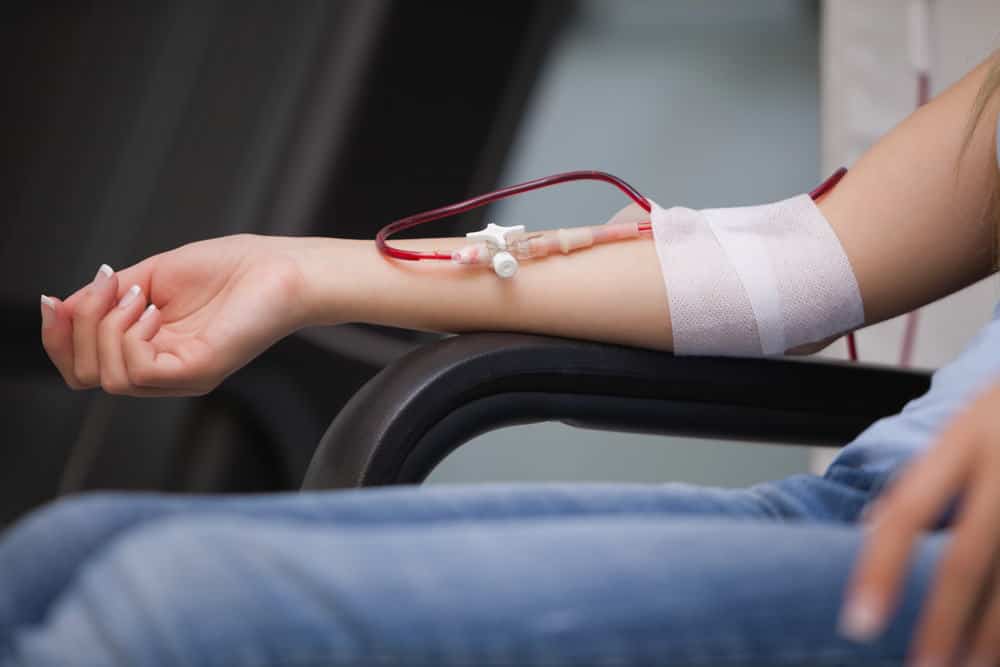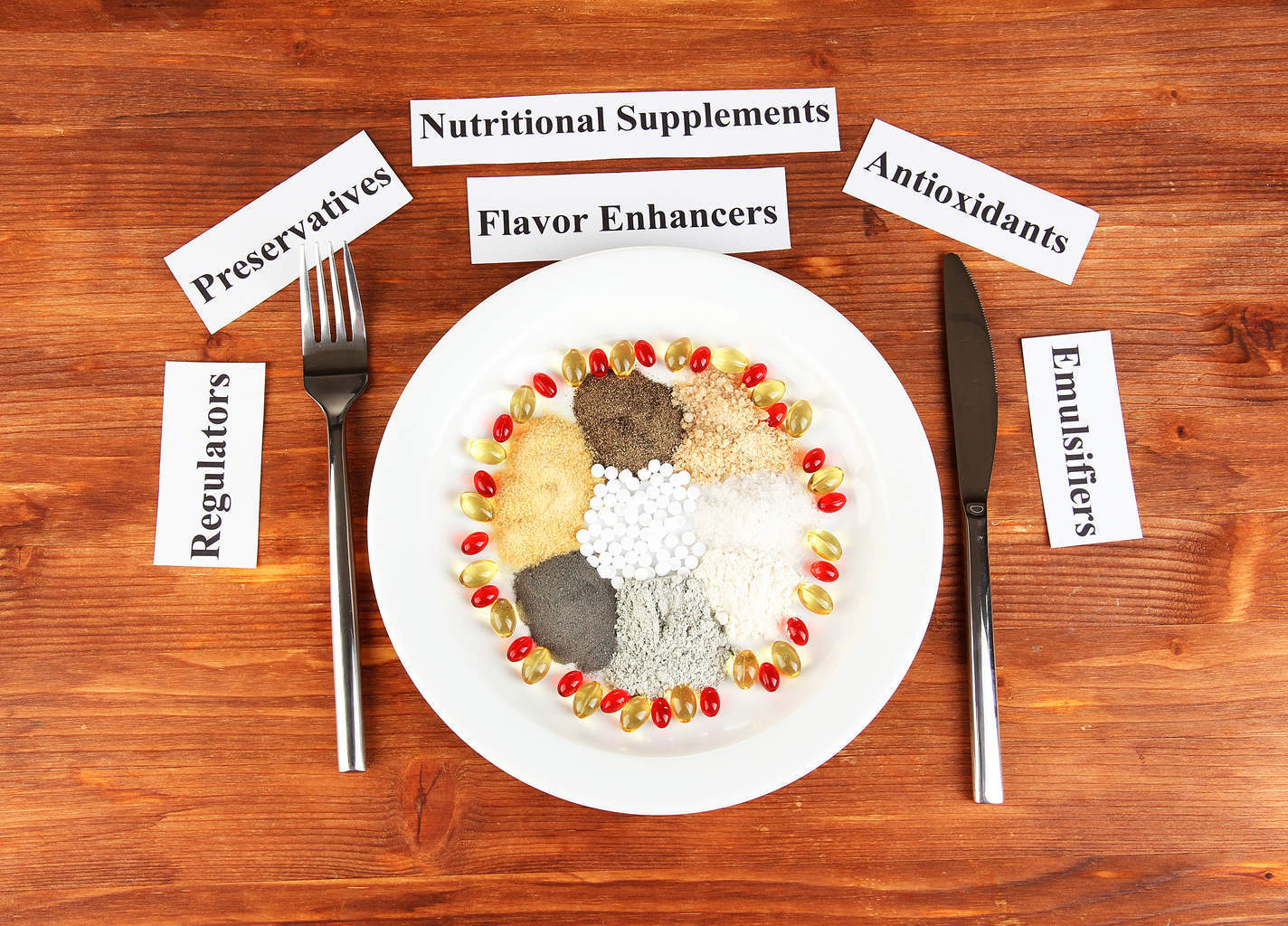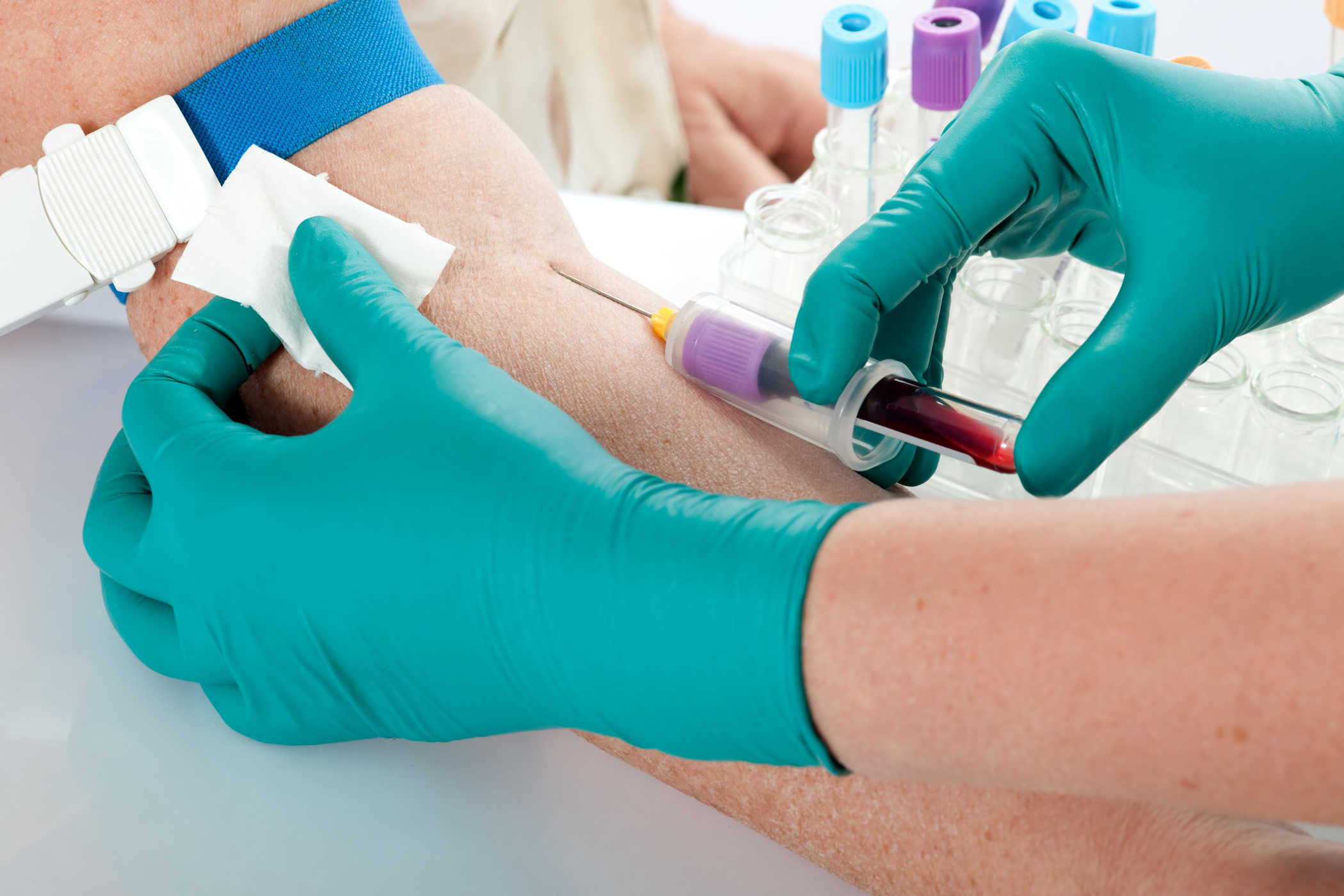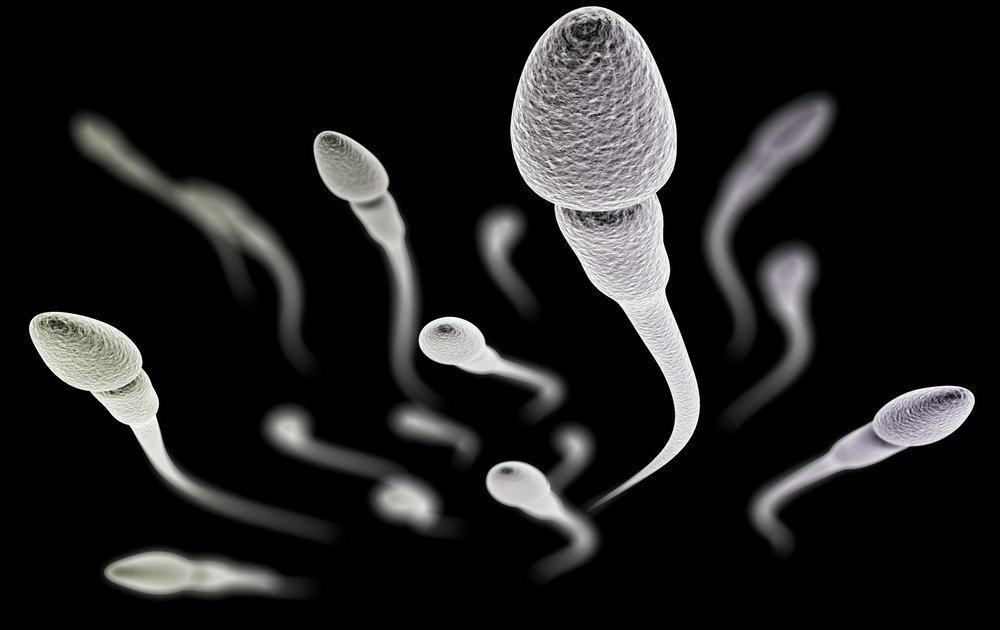Contents:
- Medical Video: Stem Cell Transplantation as a Treatment for Multiple Myeloma - Mayo Clinic
- Preparation phase
- Transplant process
- Recovery phase at the hospital
- Side effects of chemotherapy or radiation
- Infection
- Graft-Versus Host Disease and Failure Graft
Medical Video: Stem Cell Transplantation as a Treatment for Multiple Myeloma - Mayo Clinic
Blood transplantation and bone marrow stem cells consist of three stages, namely the preparation stage, the transplant process, and the recovery stage in the hospital.
Preparation phase
At this stage, you will undergo a series of examinations in the hospital a few days before the transplant. Through a simple surgical procedure, the doctor will place a tube in the large vein of your chest. This tube is called a central venous catheter or central line.
In addition to taking blood samples, doctors also use central line to distribute fluids, drugs, and blood products. The catheter tube will be left in place for at least 6 months after transplantation.
To prepare the body before a transplant, your doctor will give you high doses of chemotherapy and possibly with radiation therapy.
This therapy destroys stem cells in the bone marrow that are not functioning normally. This procedure also blocks your immune system from attacking new stem cells after transplantation. Some people may undergo more than one cycle of chemotherapy before transplantation.
However, high doses of chemotherapy and radiation can cause side effects, including nausea (uncomfortable stomach), vomiting, diarrhea, and fatigue. Usually, the doctor will provide additional medication to deal with these symptoms.
For elderly patients or patients who tend to be weak, doctors will consider the "intensity reduction" of treatment. The treatment given involves lower chemotherapy and radiation doses.
During this treatment, your immune system will weaken so you are very susceptible to infection. As a precaution, you will be treated in a hospital room that has special features, such as air filters, to maintain room cleanliness.
Doctors, nurses, and visitors must always maintain hand hygiene and follow other procedures to ensure patients are not infected, for example, wearing a mask when in contact with patients.
Preparation before stem cell transplant can take up to 10 days. The length of time needed depends on the medical situation, general health, and the need for patients to undergo chemotherapy or chemotherapy and radiation at the same time.
Transplant process
Stem cell transplantation is similar to blood transfusion. During the procedure, you will get stem cells through central line. When it enters your body, stem cells will flow to the bone marrow and start making new red blood cells, white blood cells and platelets.
You will be awake during the transplant and your doctor may give you medication to help you stay calm and relaxed. After that, the doctor and nurse will check blood pressure, breathing rhythm, pulse, and monitor for signs of fever or cold. Side effects of transplantation are headaches or nausea. But in some cases, patients may not experience any side effects.
The transplant process takes an hour or more. The time for this transplant process includes the procedure preparation stage, the transplant stage, and the post-transplant examination stage.
Recovery phase at the hospital
You will be hospitalized for several weeks or even months after undergoing a stem cell transplant. In the first few days after the transplant, the level of blood cells will continue to fall. This condition is caused by chemotherapy and / or radiation therapy that you take before the transplant.
Every day, the doctor will monitor the condition of your blood for 7-10 days after the transplant to see if new blood cells have started to grow.
You will be hospitalized until your immune system recovers and your doctor is sure that your transplant is successful. During hospital treatment, doctors and nurses will closely monitor the side effects of chemotherapy and radiation, infections, graft-versus-host disease, and graft failure.
Ask for family and family support to accompany you during your hospital stay. This can speed up the recovery process.
Side effects of chemotherapy or radiation
Chemotherapy and radiation are carried out before stem cell transplantation has side effects. These side effects can appear a few days after the transplant. Some side effects can cause discomfort or even very serious medical conditions.
Side effects of chemotherapy and radiation include:
- Painful sores in the mouth.
- Nausea, diarrhea, and intestinal cramps.
- Skin rash.
- Hair loss.
- Liver damage. This side effect occurs in about 10% of people who will undergo a transplant.
- Interstitial pneumonia. This type of pneumonia affects certain tissues in the lungs and attacks about 5% of people who will undergo a transplant.
Doctors use mouth rinses, medicines, and other methods to treat these side effects. Some side effects will go away on their own after your blood cells begin to grow and your immune system is restored.
Infection
You can easily get an infection after a transplant because your immune system is weak. Serious infections can be caused by:
- Bacteria, like bacteria in the mouth or around central line You
- Viruses, such as herpes or cytomegalovirus
- Mushrooms, like candida
To prevent infection, you will live in a special room. The air in the room will be filtered to keep the entry of germs. Doctors, nurses and visitors must wear masks and wash their hands. Your doctor may give you medication to fight infection, even if you haven't contracted the infection in anticipation.
You can also take other steps to prevent infection, such as:
- Bathe every day
- Clean teeth and gums properly
- Clean the area where central line mounted on your body
- Avoid foods that may contain harmful bacteria, such as raw fruits and vegetables
Graft-Versus Host Disease and Failure Graft
Stem cells from donors can attack your own body. This condition is called graft-versus-host disease (GVHD). Meanwhile, your immune system can also attack donor stem cells. This condition is called graft failure.
GVHD and graft failure mild and severe can occur shortly after transplantation, or even appear after months.












